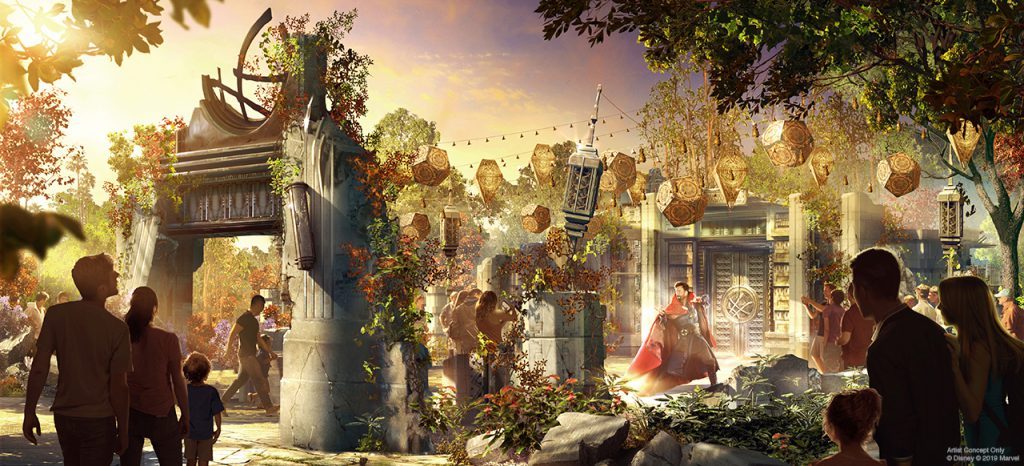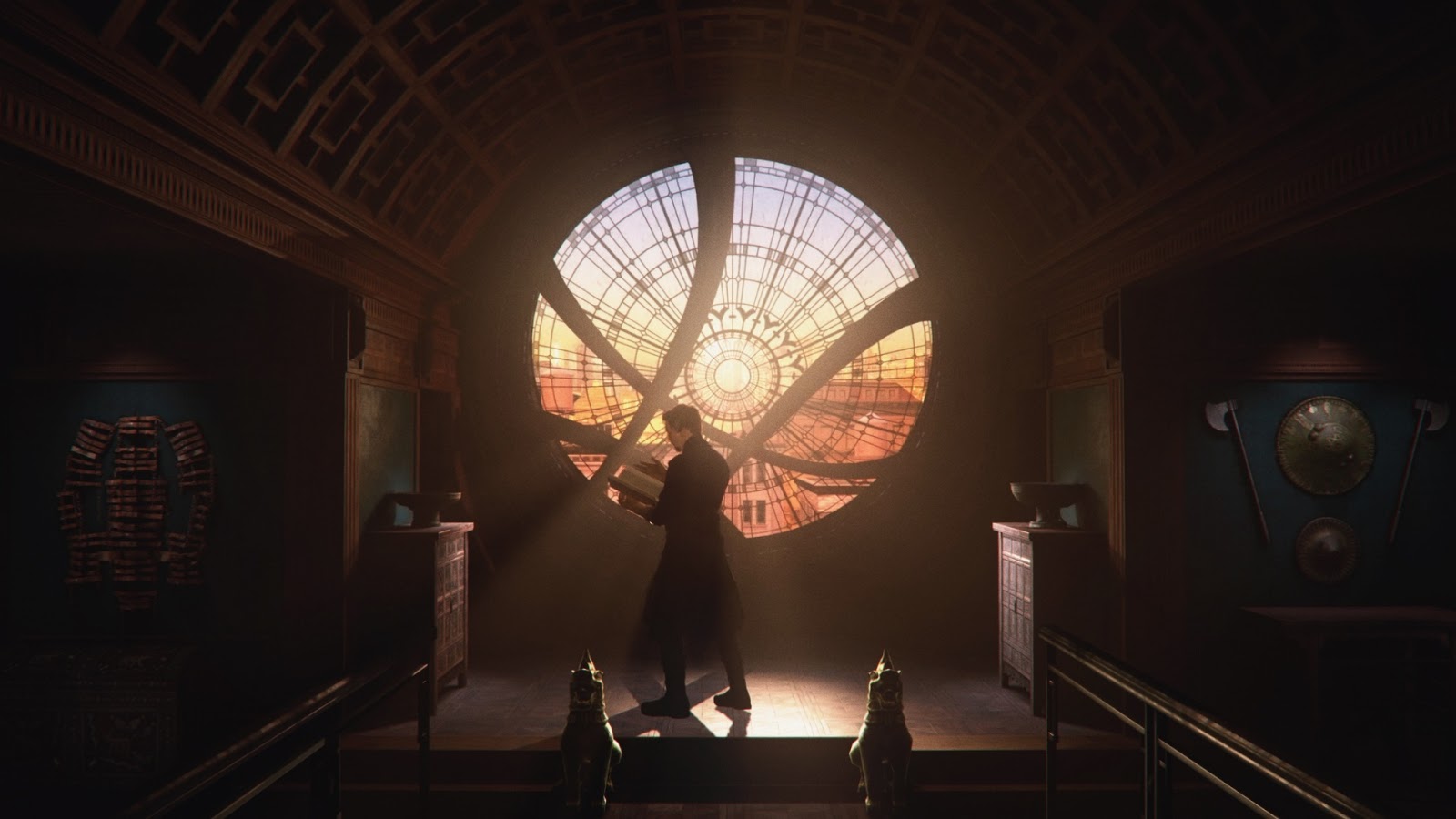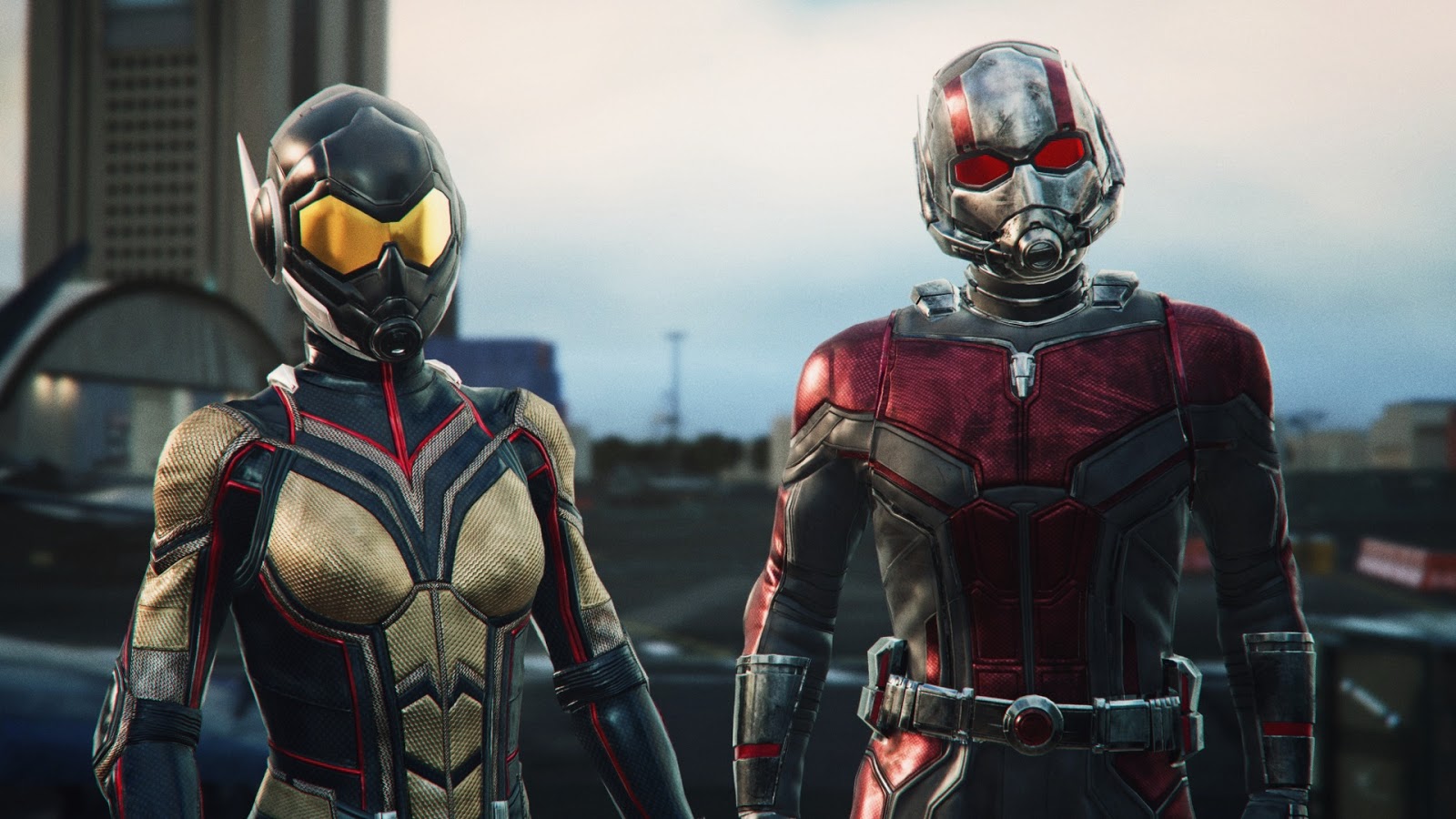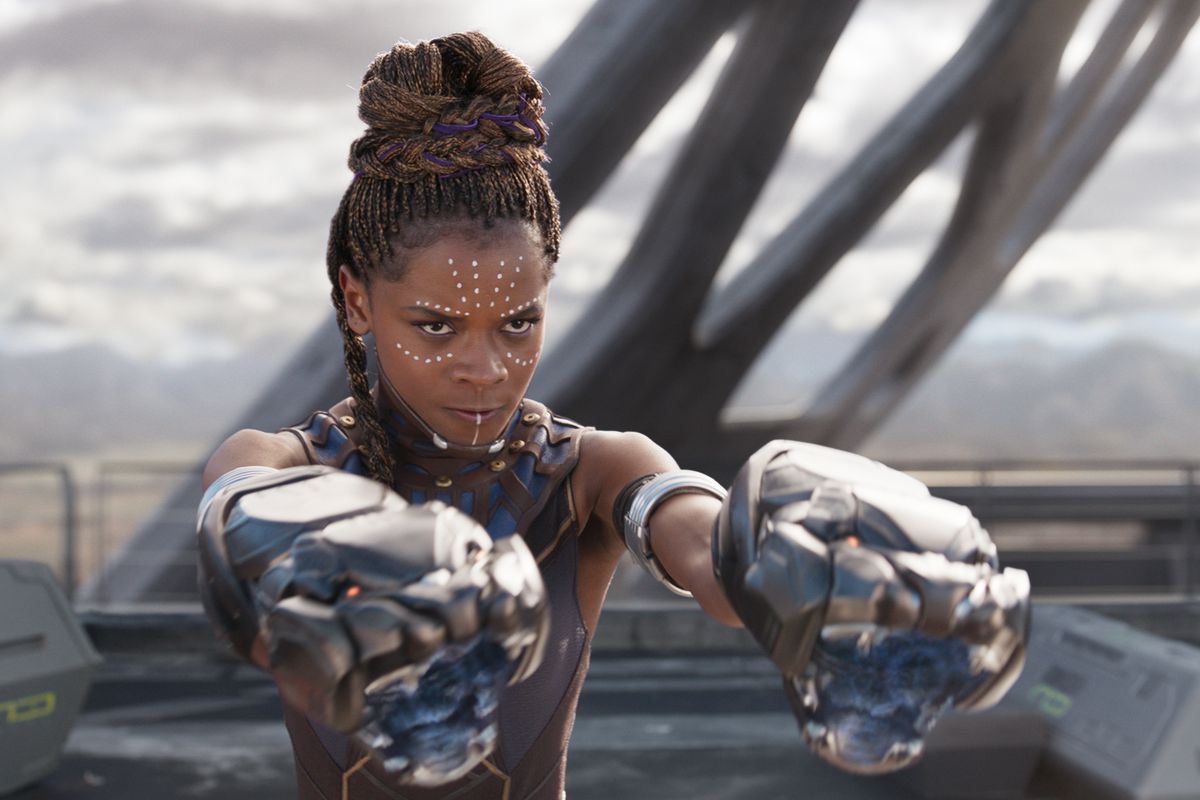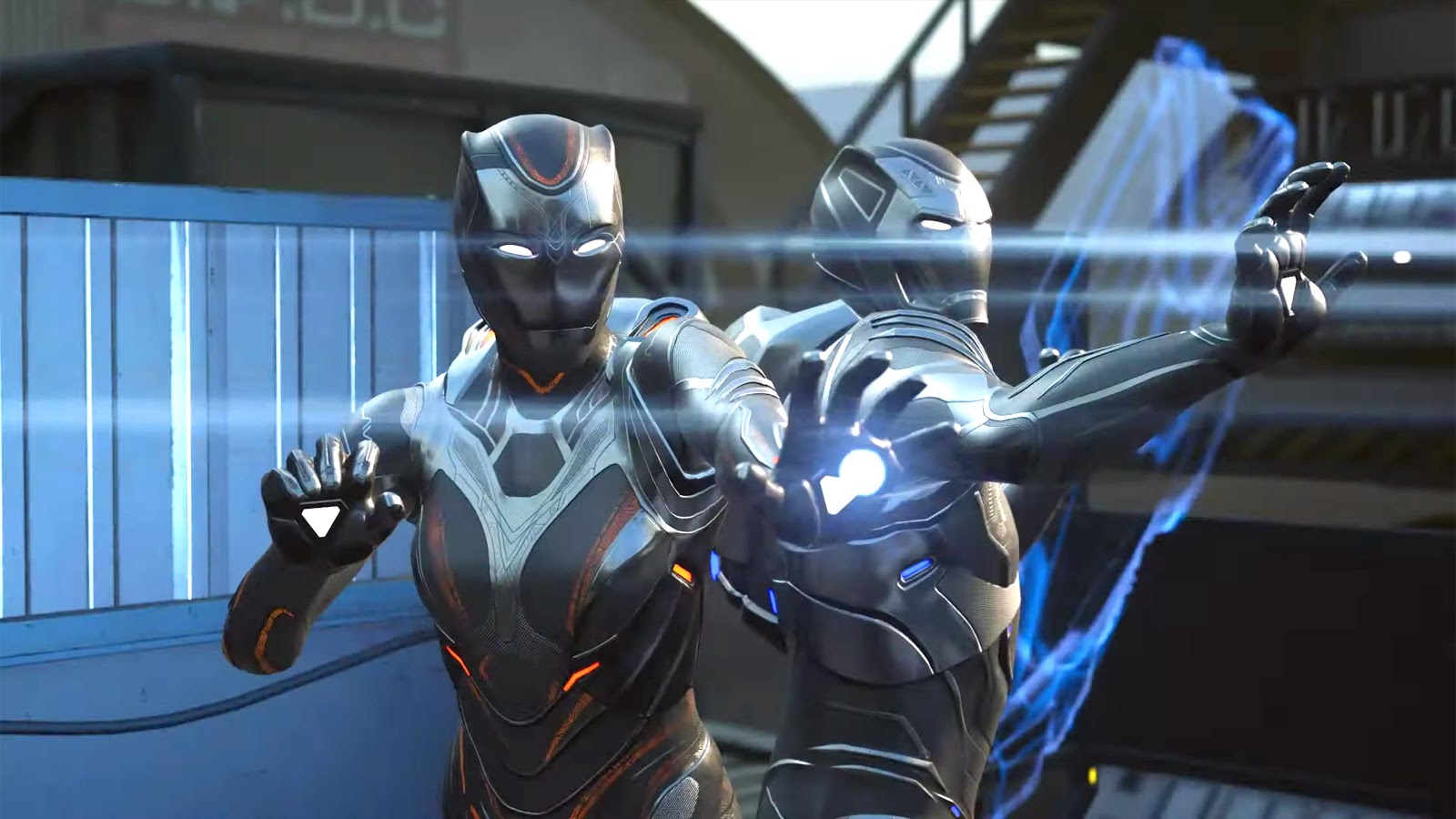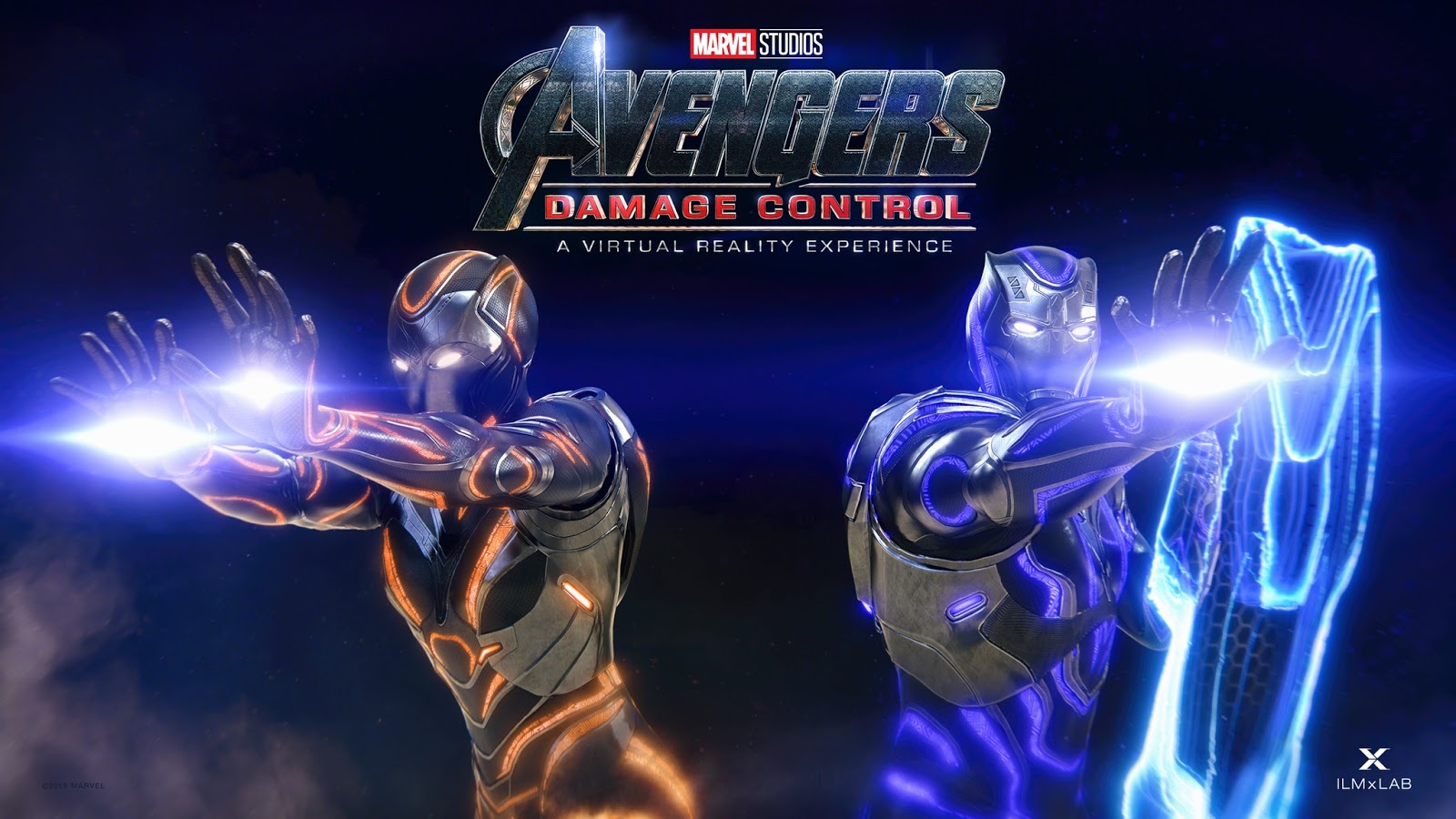Interview – “Avengers: Damage Control” Creative Team on The VOID’s New Marvel Virtual Reality Adventure
Beginning this Friday, fans of the Marvel Cinematic Universe will have the amazing chance to fight alongside Spider-Man, Doctor Strange, Ant-Man, and more in Avengers: Damage Control, the latest state-of-the-art “hyper-reality” experience at The VOID experience centers (home of Star Wars: Secrets of the Empire, among other recent acclaimed VR adventures.)
Last week, I had the wonderful opportunity to sit down for a roundtable interview with the project’s executive producer Dave Bushore of Marvel Studios, along with ILMxLAB’s experience director Ian Bowie and visual director Michael Koperwas to talk about what it took to take our favorite MCU superheroes from the big screen and put them into The VOID for Avengers: Damage Control.

Ian Bowie, ILMxLAB
Q: Now that high-tech VR experiences are more readily available via affordable home consoles, what’s the best way to get across the advantages of coming out to The VOID for something like Avengers: Damage Control?
Ian Bowie: There are so many angles to it that you just can’t get at home in the same way, like being able to walk through a physical stage, and walk a lot further than you ever could at home. The journey hits you in a way that actually feels [real]. The moment that you have to stop or teleport [at home] doesn’t give you the same feeling of walking onto a precipice or being able to walk through a portal. Those things matter. If you did those things at home, it wouldn’t have the same effect. Small details like wind, combined with scents and rumble and the social aspect, make it feel [like] so much more of an event.
Michael Koperwas: It’s like going to Disneyland. It’s an experience that is purposely built for the space that it’s in. Everything all comes together to make a final result that is so much bigger than the sum of its parts. You walk in, you cross that threshold, and you’re like, ‘Okay, I’m somewhere else.’
Q: Speaking of Disneyland, how is this VOID VR project connected to the approach you’re taking to the Marvel land going into Disney Parks?
Dave Bushore: We definitely take all that into account. I actually work on all the stuff we’re doing [in] the theme parks with the Imagineering team, as well. The suit that Spider-Man wears in this experience is the same one he’ll have in the theme parks. That suit is a new design [that] was purpose-built for the theme parks. The land opens up next year, but we went ‘Hey, people are going to be here. Let’s connect the dots.’ It’s great finding those connection points.
Bowie: And this experience actually highlights some of the characters that will be featured most prominently in Avengers Campus. Not just Spider-Man, but Ant-Man and the Wasp have their little restaurant, and then there’s also the Doctor Strange show.
Q: What challenges did you face in bringing a Marvel Studios production to this type of VR experience?
Bushore: It’s a unique, new thing, [but] it was always about ‘Let’s tell a fun story. Let’s give people the chance to have fun.’ This isn’t supposed to be super serious. It’s about, ‘Let’s get a bunch of friends together and go.’ But of course the challenges were vast and deep and wide. It’s like anything when you’re pushing boundaries, and for us it was about, ‘Let’s push the boundaries. Let’s put as many characters in this thing as we can. Let’s tell the longest story that’s ever been done in a VOID or VR experience with this much talent.’
Koperwas: The number of challenges and surprises were infinite, but that’s part of why I do this. That’s part of the fun, getting a great team of folk together to make this incredible new way of trying to tell stories. It’s not a film. It’s not a game. It’s this thing that’s sitting in-between, and we’re trying to find and explore what works and what doesn’t work-- how you can make something for a group of people that feels like a cohesive complete experience from start to finish, that still has those moments of really strong impact.
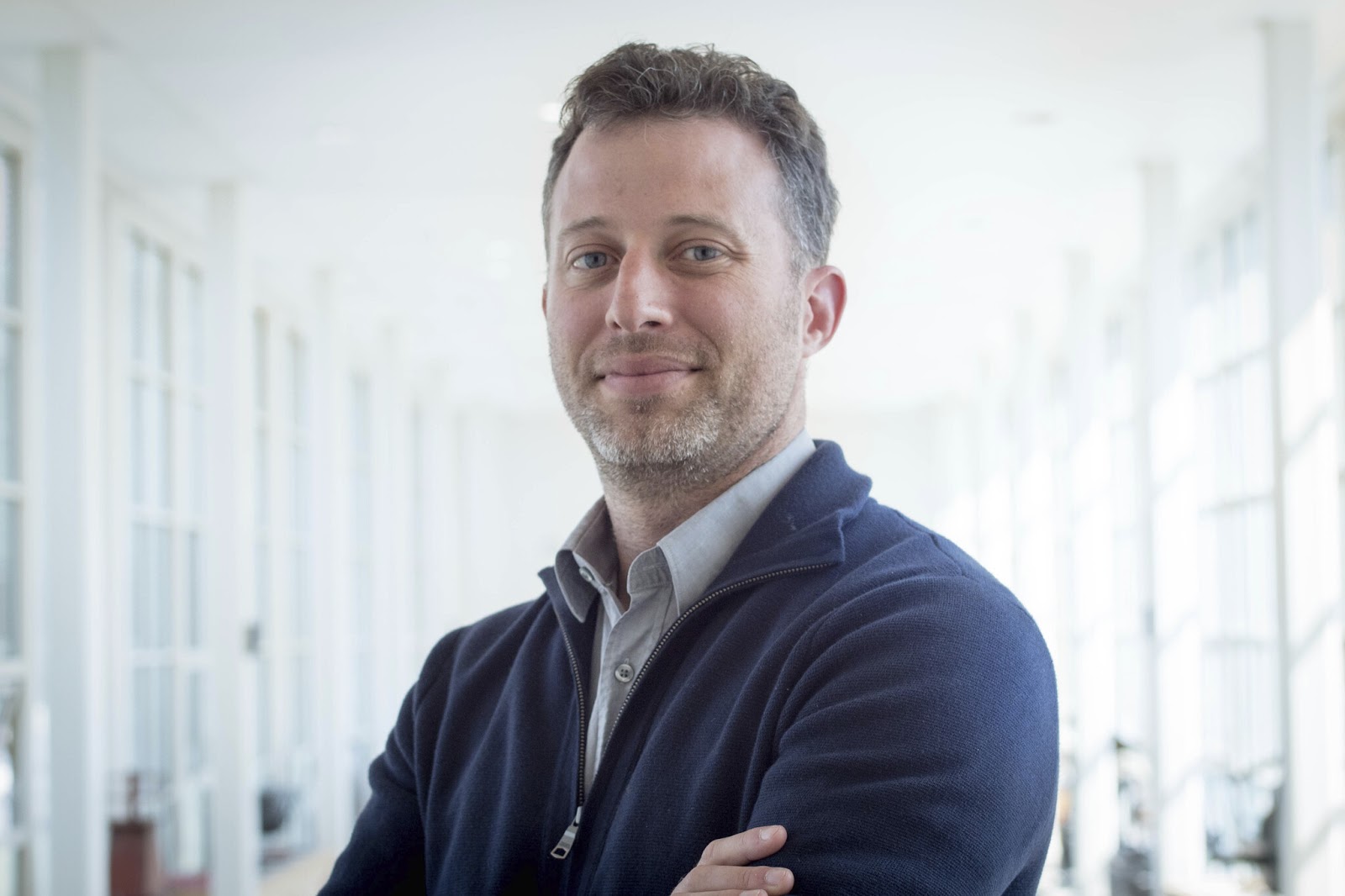
Michael Koperwas, ILMxLAB
Q: Is Avengers: Damage Control considered canon within the MCU?
Bushore: For us it was about looking at the last ten years of Marvel Studios storytelling, the characters and stories, and the things the fans know and love. Being able to not just pay homage to that, but giving people the opportunity to step in and experience it. You want to tell a new story. You want to bring it to life in a new way.
In the development process, we looked at it the same way we look at everything inside the studio: the actors that are involved, the filmmakers that are involved, working with ILM. We approach it the same way. When you look at Ultron, it’s a new version. We haven’t seen him since [Avengers:] Age of Ultron. ‘We need an awesome, badass villain. Let’s redesign him.’ This is a new form of storytelling, so how can we bring the fans in and let them fight alongside their heroes? It’s part of our process, but it’s new, and we’re happy and excited about that.
This is post- [Avengers:] Endgame. It’s coming out post-Endgame. And now with Phase Four kicking off and everything that’s going on with Disney+, there’s all kinds of new things happening in the [Marvel Cinematic] Universe. This, for us, is a new thing. It’s experimental, it’s fun. We got to approach it that way. Now, on October 18th, instead of going ‘Where does this fall in the timeline?’, I get to go into the timeline. I get to say I’m part of the universe, which is the fun part of it. I think that’s the thing that opens it up.
Q: You’ve assembled some of the cast members (such as Benedict Cumberbatch as Doctor Strange) from the films to voice their characters again here. Have they had a chance to go through the experience yet?
Bushore: We actually haven’t had a chance to put the talent through [the finished experience]. When we [shot] with Benedict, it was all very much part of the normal filmmaking process. We used a lot of the same techniques that we use in the films, in terms of how we bring that performance to life. The cool thing was, when we brought them in [and] put them in the headsets, everyone’s reaction was, ‘People are gonna lose their minds.’ Because they were losing their minds.
Koperwas: Coming from the filmmaking side, it was great to be able to use a lot of the same tools [and] work with a lot of the same artists that have been working on the films, bringing the Avengers and the MCU to the screen. To use a lot of those same techniques and to be able to work with Benedict so closely to bring Doctor Strange [in] and make him feel alive and real and authentic [was] a great opportunity.
Q: In previous The VOID experiences, participants use interactive guns to represent Star Wars blasters, Ghostbusters neutrino wands, or Wreck-It Ralph pancake/milkshake-shooters. But in Avengers: Damage Control, players simply use their hands to fire energy blasts. Can you talk about implementing that change?
Bowie: From the get-go, it just didn’t make sense to be a superhero, but be handed a gun. We’re very proud of the fact that this is a gunless experience. If you’re gonna be a superhero, the fantasy is to have that power come from your suit or from within. Being able to do the iconic Iron Man pose that everybody knows-- it’s on kids’ backpacks throughout the world-- people know that, so it’s a great shortcut to bringing people into that particular mechanic.
Bushore: It’s in your head already. You’ve got that mechanism [in your memory].
Q: Shuri has a featured role in the experience and its pre-show, as she has created the special Emergency Response Suits players wear in-story. Did Letitia Wright’s involvement come about after the tremendous success of Black Panther and popularity of her character, or was that built in from the beginning?
Bushore: We started developing [Avengers: Damage Control] around two years ago. It was in the midst of [making Avengers:] Infinity War and Endgame when this popped up for us, and when we were looking at the story, the conversation was very much around ‘Who would Tony trust with some of his tech?’ The idea [was] that she would take it and make it her own.
The suits aren’t meant to be Iron Man suits; they’re meant to be these special things. And that was part of the development process, too-- why these suits exist. You know, Wakanda is not about arming the world. It’s about protecting the world. It’s about empowering people through technology. What if there were people who had these suits, who were trained to respond to emergency situations, whatever [they] may be. In this instance, it just happens to be a global Ultron attack. But it was very much about not making it a weapon. It’s a different incarnation.
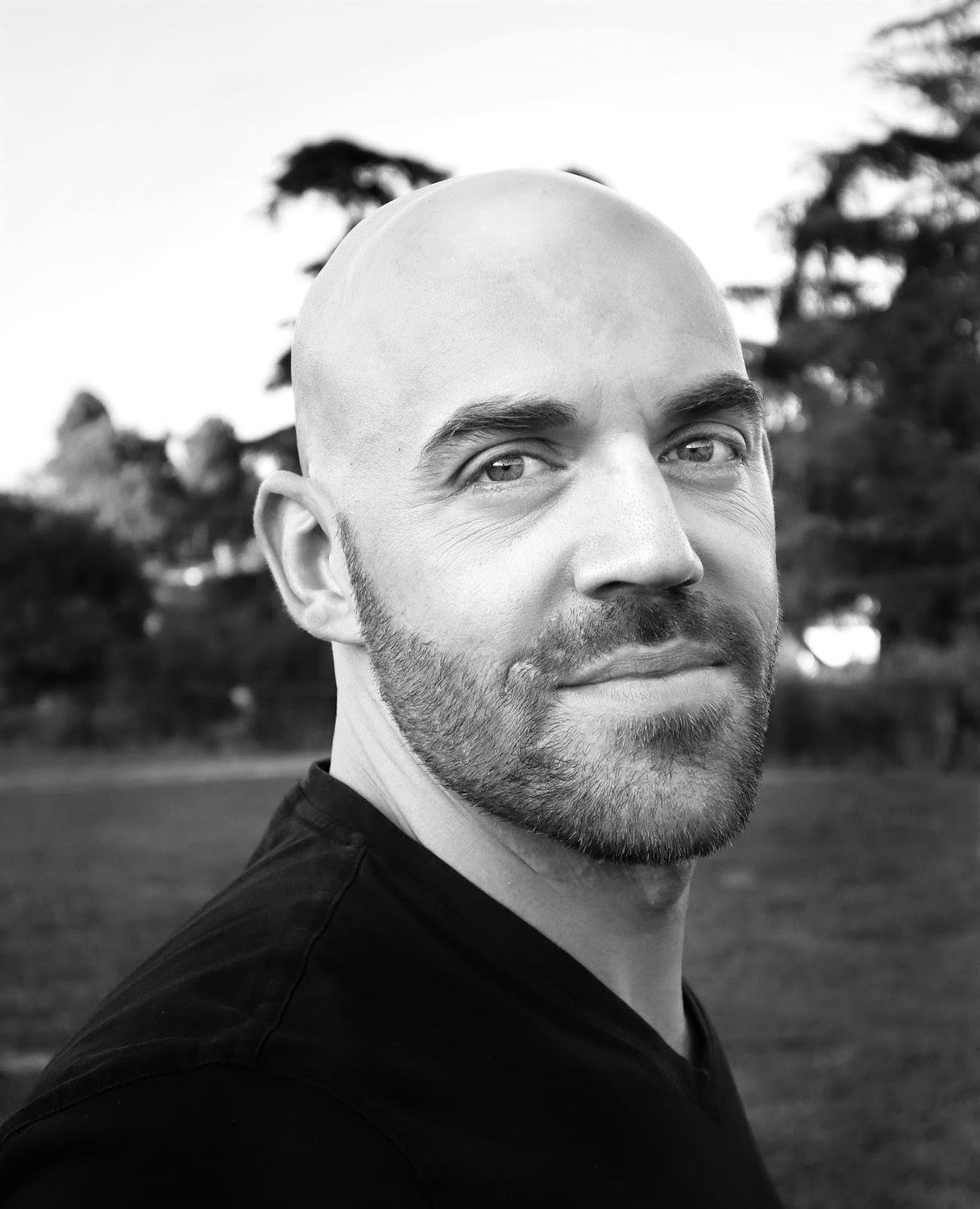
Dave Bushore, Marvel Studios
Q: We went through with two people, but Avengers: Damage Control accommodates one through four, with the programming adjusting itself for all those variations. Is there an ideal way to experience this?
Bushore: The interesting thing to me is, whether you’re with four people and they’re your friends, or you’re with four people and you don’t know any of them, it’s the same thing [as] when you go to a theme park or go to the movies. You’re sitting next to someone you don’t know at the movies, and you’re cheering with them. With this, it’s the same thing.
We hope people go through with their friends, [and] we hope they go through alone. Going through it alone is a really interesting, powerful thing, because you get to focus on everything and what you’re doing, and no one’s [getting in your way]. But there’s another visceral aspect to it when you’re with a group of people that makes it feel like you’ve actually assembled together.
Koperwas: I sometimes find going through with strangers more fun than going through with friends, because it very quickly becomes less about the technology and more about stepping into this new world and adventuring.
Q: There’s a good variety between firing at enemies and interacting with friendly characters. How did you go about striking that balance?
Bowie: There are different elements to the gameplay: from walking through the Sanctum Sanctorum, to being able to fire on enemies, to being able to pilot a shuttle, and all these different things. In bringing together the beats of this, [we had to] figure out how much is too much and how long each of those sequences need to be to make sure people get the full feel of it, but they don’t start to get bored of that lose track of the story.
Koperwas: It was very important to us to make sure we had moments of rest and moments of comedy-- things that can bring you back, reset you, and then set you back off on even more of an adventure.
Q: What would you say to a Marvel fan who has never visited The VOID before to get them to come out and experience Avengers: Damage Control?
Koperwas: It’s the closest you’re gonna get to [the Avengers]. This is so incredible, to just be in the MCU, to be right next to these characters.
Bowie: It’s like [having] that conviction of when you were a kid playing superhero, but then to actually have the world you’re in reinforce that. You feel like you’re on this adventure and you believe it. We have the technology to reinforce that, to give you the chance to be the hero you’ve always wanted to be, and to meet the characters that you’ve idolized since childhood. You get to step into the story.
Bushore: Instead of looking at the [MCU from the outside] and talking about it with your friends, [now you can] step into it with your friends. ‘I was there and we got to Assemble alongside the Avengers.’ You get to live it. It’s such a powerful thing.
Avengers: Damage Control opens this Friday, October 18 at select The VOID experience centers around the world. For more information and advance ticketing resources, be sure to visit The VOID’s official website.




